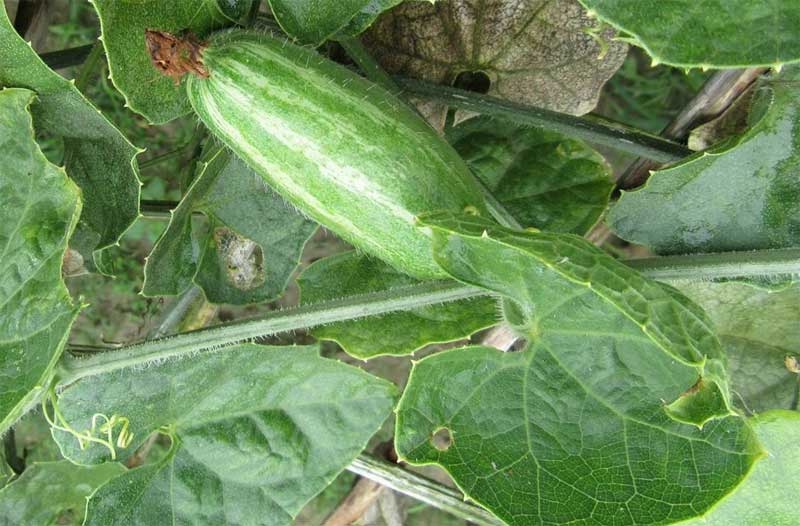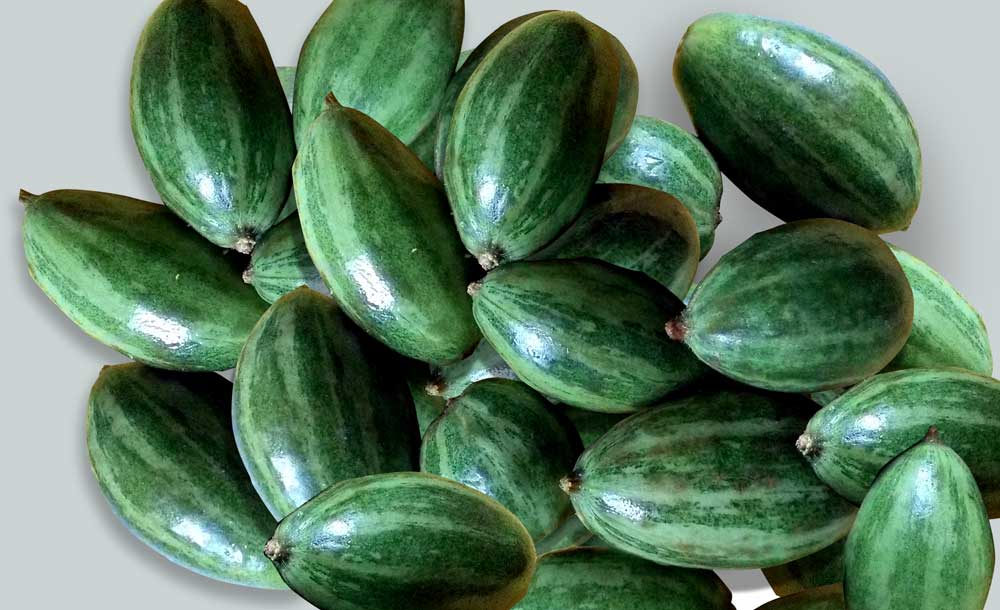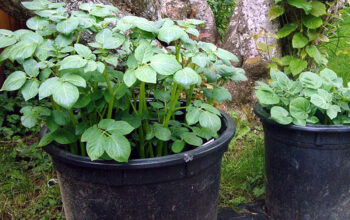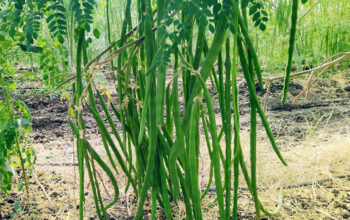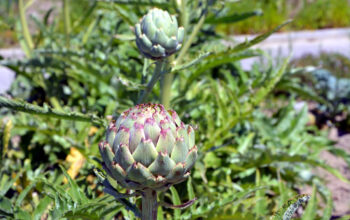Pointed gourd (Parwal)
Pointed gourd (TrichosanthesdioicaRoxb., Cucurbitaceae) is a nutrient-rich tropical crop, which is native to the Indian subcontinent, and it is cultivated in different parts of India and Bangladesh. The main use of this fruit is in the form of vegetable or dessert. Pointed guards are rich in vitamins, and it has medicinal strength to reduce blood glucose and total cholesterol. Nature Bring is giving you information about how to grow pointed gourd (parval), parwal vegetable, and care. parwal vegetable
Overview parval
Scientific name Trichosanthes dioica Roxb.
Common name Pointed Gourd, parval, parwal
Plant type Vegetable
Sun required Full Sun
Soil Well-drained/ sandy soil
Soil PH 6.0-6.5
Growing Time February to March
Popular names
It is known by many names, such as the Pointed Gourd in English, Parwal, parval in Hindi, Gujarati and in Marathi paraval, Patol in Bengali and assamese, chedupotla in Telugu, patal in Oriya, and Malayalam patoalm.
Growing Pointed gourd
Location and soil
Sandy loam soil, which dries well, is best suited for this, although it can thrive in all types of soil. But to get abundant fruit, choose rich and fertile soil. The pH of the soil should be close to neutral, it should not be too alkaline or acidic.
The presence of the full sun is suitable for the pointed gourd, so choose a place where direct sunlight is 6-8 hours.
Planting parval
- Enrich the soil with leaf mold or organic matter, it encourages good drainage.
- Propagation of pointed gourd is usually done by cutting or by root suckers; propagation by seed is reduced due to poor germination and inefficiency.
- Vine cuttings are developed in the fall and root suckers are developed in the winter. Planting in the spring after a hazardous cold, at this time the risk of cold is low.
- Fresh vines should be used for planting which has 8 to 10 nodes. The vines should also be disinfected with leaves, it regulates the transpiration. 9 female plants should be planted for each male plant. This will ensure fruit production.
- For planting tubers or suckers, first, you dig your ground and loosen the soil. Make a pit where the plant is to be planted and keep it in the sun for a few days. After that, it should be filled with topsoil and organic compost, and then it should be given water lightly. parwal vegetable
Spacing
Keep the distance between the parval plants between 1.5 to 2.0 meters depending on the training of vines.
Climate
Pointed Gourd cultivation is usually done in tropical and temperate regions. Farming should be done where the climate is hot and direct sunlight. Since these cold conditions are harmful, so planting and harvesting should be done before it becomes cold.
Pointed gourd care
Supporting
Pointed gourd is a vine plant, so these plants need proper support to grow. It is better to keep this plant near the boundary of the wire, the boundary of the wall. For this you can also arrange a trellis separately. The parval plant should not be kept under a big tree otherwise it will not get sunlight and proper air circulation.
When the parwal vegetable gets faded and more flowers get rotted, due to which its vine gets damaged, the fruit sometimes gets rotated on the ground. So many Gardeners make scaffolds for this.
Watering
Parwal plants should irrigate immediately after planting. Waterlogging should not be done otherwise the possibility of plants rot increases. If you are in a rainy area, then immediately releasing excess water in the rainy season. If there is raining regularly, then you do not need to give water separately. Water it regularly during the summer and dry weather.
Mulching
You can also use mulching; it maintains moisture in the soil and also protects the plant from the weeds.
Fertilizer
Include the balanced fertilizer 10-10-10 in the soil from the interval of some time. To maintain adequate moisture in the soil, give extra water to maintain a high level of moisture in the soil, especially during dry or hot weather.
Pests and diseases
Red Beetles, Fruit flies, Epilachna beetle, etc. Insects are mainly worrisome. It should be protected from common diseases like Downy mildew, Mosaic virus. If all the things are properly managed then your crop is protected from most diseases and insects. And if for some reason insects have been attacked on your crops, so spray the insecticide.
Conclusion parwal vegetable
Parwal is a popular vegetable and is grown almost all over India. If it is cultivated well, then it can be exported very well. There are many varieties of pointed gourds that produce high yields. If scientific methods are adopted, then farming can be increased and profit can be earned. Pointed gourd cultivation
Read also:
How to grow Onion in containers. 8 Beast Frugal Gardening tips. Turnips growing and caring. How to grow Ridge Gourd at home. Growing Spring Onion at home. Growing Fenugreek (Methi) in the pot. Kohlrabi Growing and caring. Winter vegetable you can grow in October. Plumtree growing and caring guide. Ranunculus (Buttercup) Flowers growing conditions.
For Pin:


